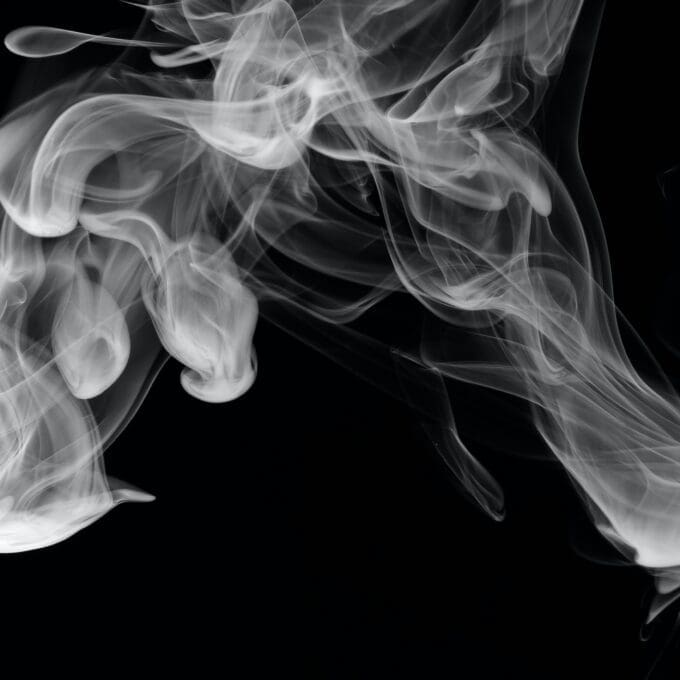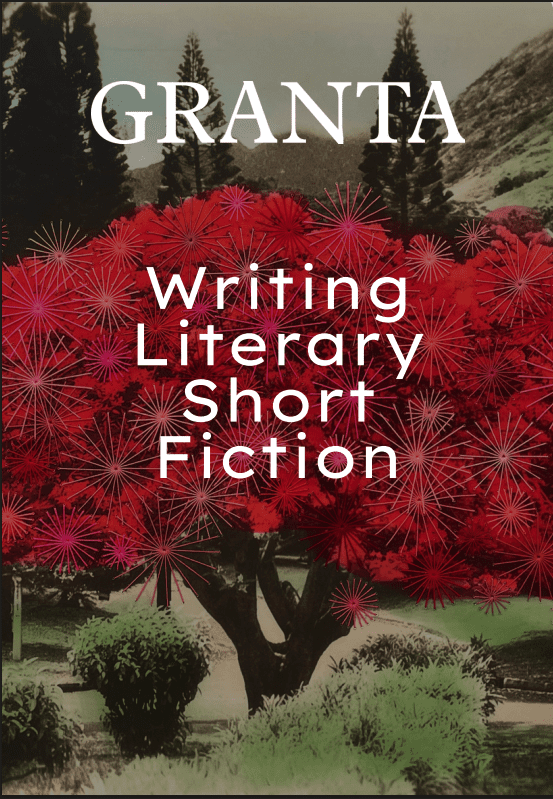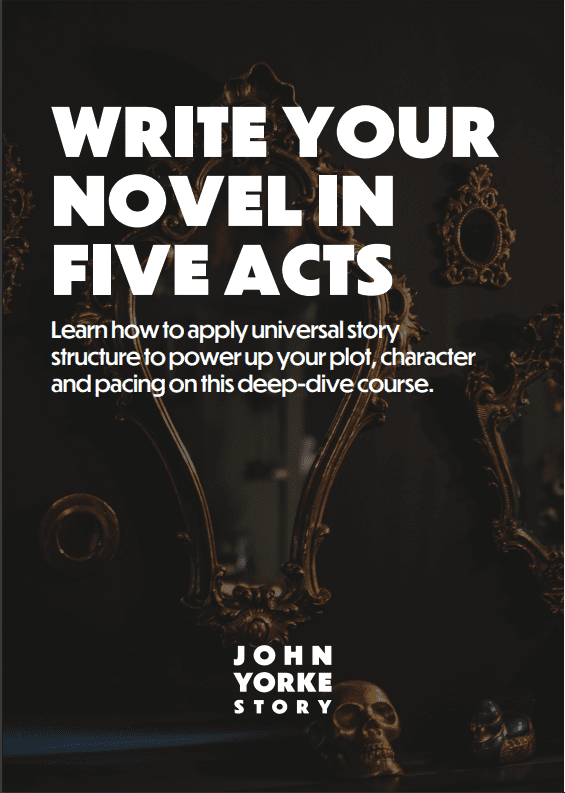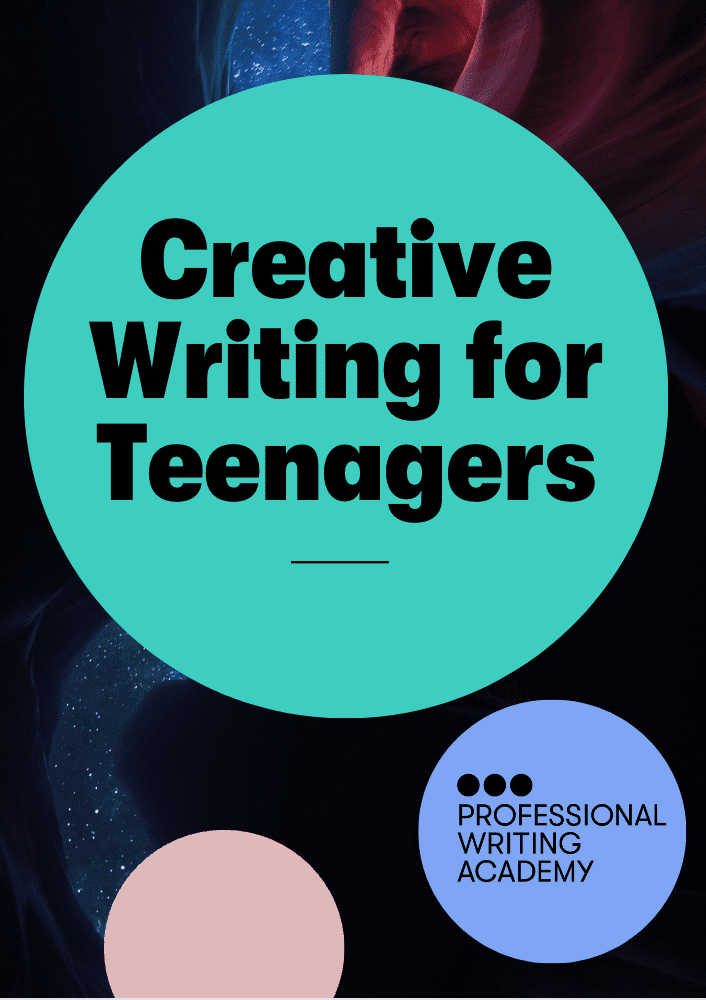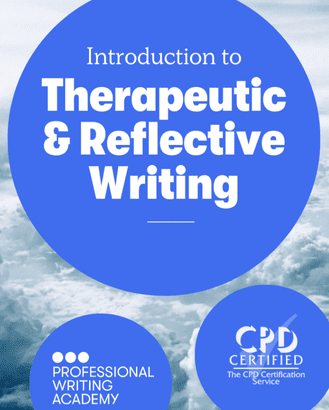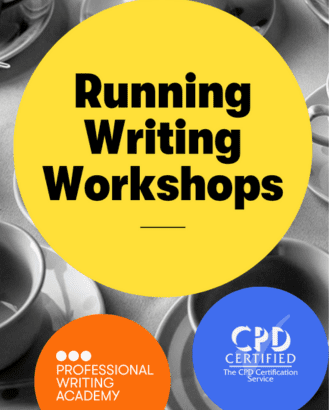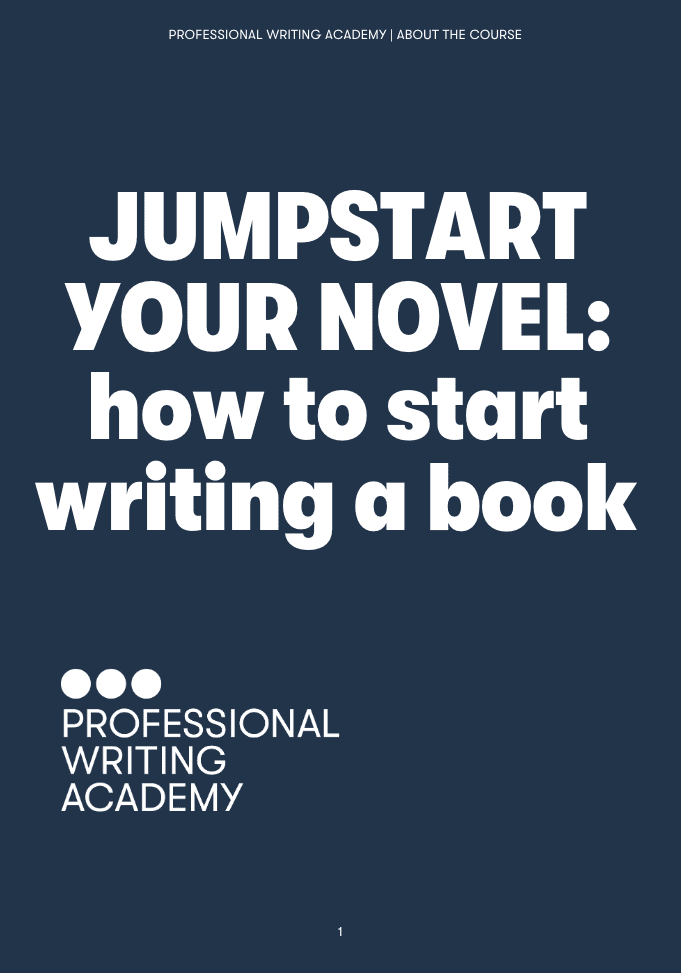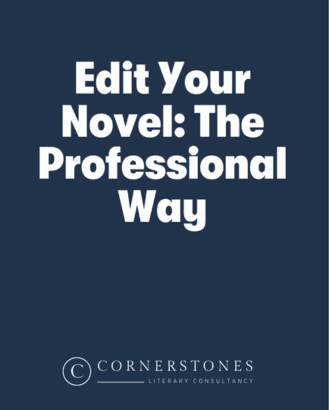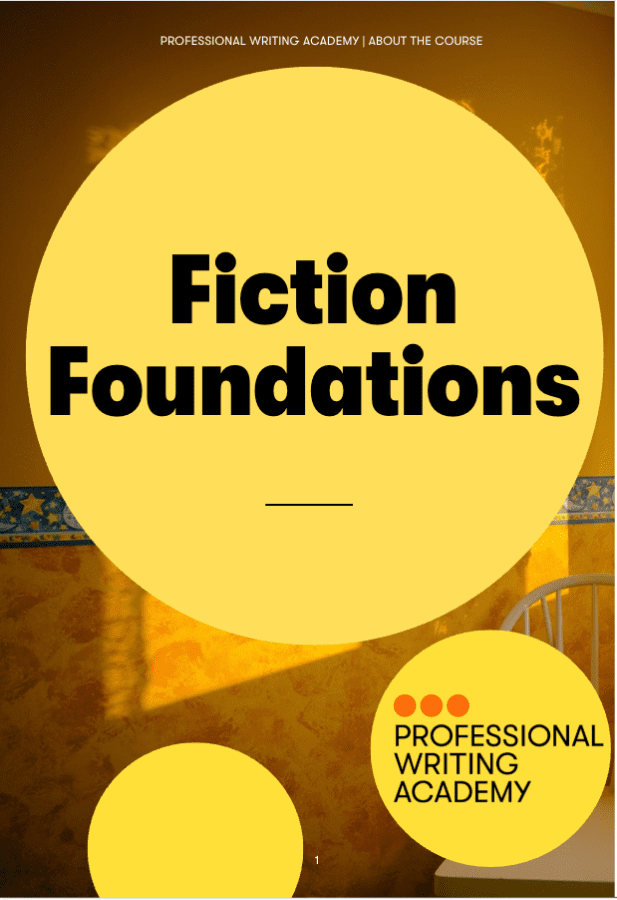Be honest, who doesn’t love a humongous shoot-out as goodie gets baddie at the end of a gripping novel or TV drama? It seems a worthy payoff after 350 pages (or five-and-a-half hours) of cat and mouse where, in true story style, there were points when you thought all was lost.
I’m not suggesting we put the guns back in the armoury and watch our adversaries battle it out on the croquet lawn. Far from it, it’s just this is usually the point when credibility explodes in the readers’ or viewers’ faces.
And it really needn’t.
The simple, and sometimes inconvenient, fact is that the UK has a mainly unarmed police service.
This means that some pretty steep criteria have to be met before cops from England, Wales and Scotland can get their hands on a gun. And even then, that privilege is only afforded to full-time specialists and I’m afraid your world-weary detective, who we have been cheering on throughout, isn’t one of them.
That doesn’t mean armed operations have to be off the page though, it just means your protagonist might be at arm’s length from the action. But that can be just as tense.
Achieving good drama and accuracy
Imagine sitting in a nearby car (not too near, mind) sweating profusely while listening to the ‘big guns’ clip their commands and updates across the Airwave radio. Then silence. Long, stretched out, interminable silence.
Then a volley of gunfire, shouts of ‘shots fired, officer down,’ followed by multiple explosions. How is your main character feeling now? Powerless? Guilty that a fellow officer might have been killed on their operation? Has the case gone up in smoke?
When writing a crime novel or series, you really can ramp up the drama, while showing readers and viewers you know how things work in the UK.
Learn more
In conjunction with Professional Writing Academy, I’ve developed a UK Police Use of Firearms online workshop for crime writers.
With Bruce Mathews, a veteran Tactical Firearms Commander and now course leader delivering national firearms command training, we’ll take you through all you need to know, including:
- Who decides when an armed raid is justified
- Who carries out those raids
- What weapons they use and how powerful are they
- What they look, feel, even smell like
- How specialist firearms officers are dressed
- How they deal with an armed suspect
- When can UK police fire their weapons
- What happens next
Join us and be among the few authors who can confidently weave credible firearms scenes into your stories, safe in the knowledge you’ve got as close as is safe to the real thing.
